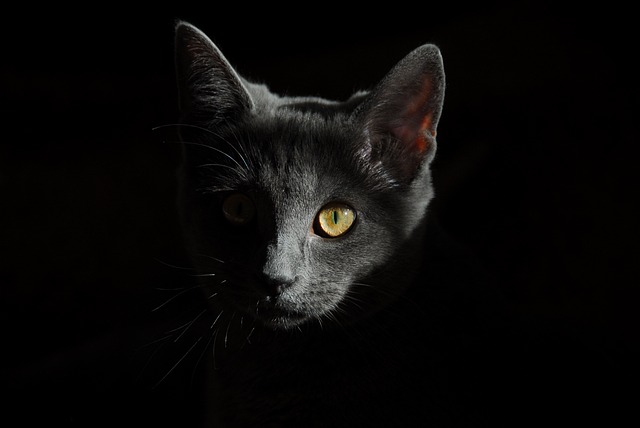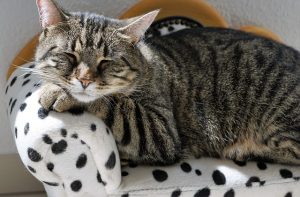
Why Cats Can See Well in the Dark
Why Cats Can See Well in the Dark? Cats, those mysterious and graceful creatures, have long captured our curiosity with their ability to navigate the darkness with seemingly effortless precision. While humans fumble and stumble in low light conditions, cats glide through the shadows with ease. The secret to their exceptional night vision lies in their evolutionary adaptations and unique ocular features. In this article, we delve into the fascinating world of feline night vision to uncover why cats can see so well in the dark.
Adaptations of Nocturnal Hunters
Cats are natural predators, and many of their adaptations are tailored to their nocturnal hunting habits. Over millions of years of evolution, cats have developed a keen ability to hunt during the night, utilizing their superior vision to spot potential prey and predators alike. Their enhanced night vision is a survival Adaptations of Nocturnal Huntersadvantage that aids them in finding food while avoiding danger.
Specialized Retinas
One of the key reasons behind a cat’s exceptional night vision lies in the structure of their retinas. Cats possess a high concentration of rod cells in their retinas, which are photoreceptor cells responsible for detecting low light levels. These rod cells are more sensitive to dim light than the cone cells responsible for color vision. This heightened sensitivity allows cats to gather and process even the smallest amount of available light, giving them a significant advantage in low light conditions.
Tapetum Lucidum
One of the most distinctive features contributing to a cat’s night vision is the tapetum lucidum, a reflective layer located behind the retina. This layer bounces light that has passed through the retina back into the eye, increasing the chances of capturing more light and enhancing a cat’s ability to see in dim conditions. The tapetum lucidum is also responsible for a cat’s characteristic eyeshine—when light hits their eyes, they appear to glow in the dark.
Wider Pupils
Cats’ pupils are highly adaptive, dilating to allow more light into the eye in low light conditions. The larger the pupils, the more light can enter the eye, enabling cats to effectively utilize the available ambient light. This dilation mechanism enhances their vision and allows them to gather as much information as possible from their surroundings.

Visual Adaptations for Night Hunting
Cats’ eyes are designed for the specific challenges of nighttime hunting. Their eyes are positioned toward the front of the face, providing a greater field of binocular vision—essential for accurately judging distances in the dark. Additionally, their ability to swiftly adjust to changing light conditions aids them in sudden changes from darkness to light.
The Nighttime Prowess of Feline Vision
The feline ability to see well in the dark is a marvel of natural evolution. Adaptations ranging from specialized retinas to the reflective tapetum lucidum combine to grant cats an advantage in navigating low light environments. This exceptional night vision not only aids in hunting and avoiding predators but also enriches their lives as they explore the mysterious world of the night. As we marvel at their nocturnal prowess, we gain a deeper appreciation for the intricate wonders of nature and the diverse ways different species have evolved to conquer their respective niches.




